Lublin's Timeless Treasures Tour
Embark on a captivating journey through Lublin's historic heart, where old buildings whisper tales of the past. Join this free walking tour to explore architectural gems!
Time
3 Hours
Stops
9 Places
Distance
2.5 km
Lublin Castle
Begin your journey at the iconic Lublin Castle, a medieval fortress with a rich history dating back to the 12th century, offering insights into the region’s past.
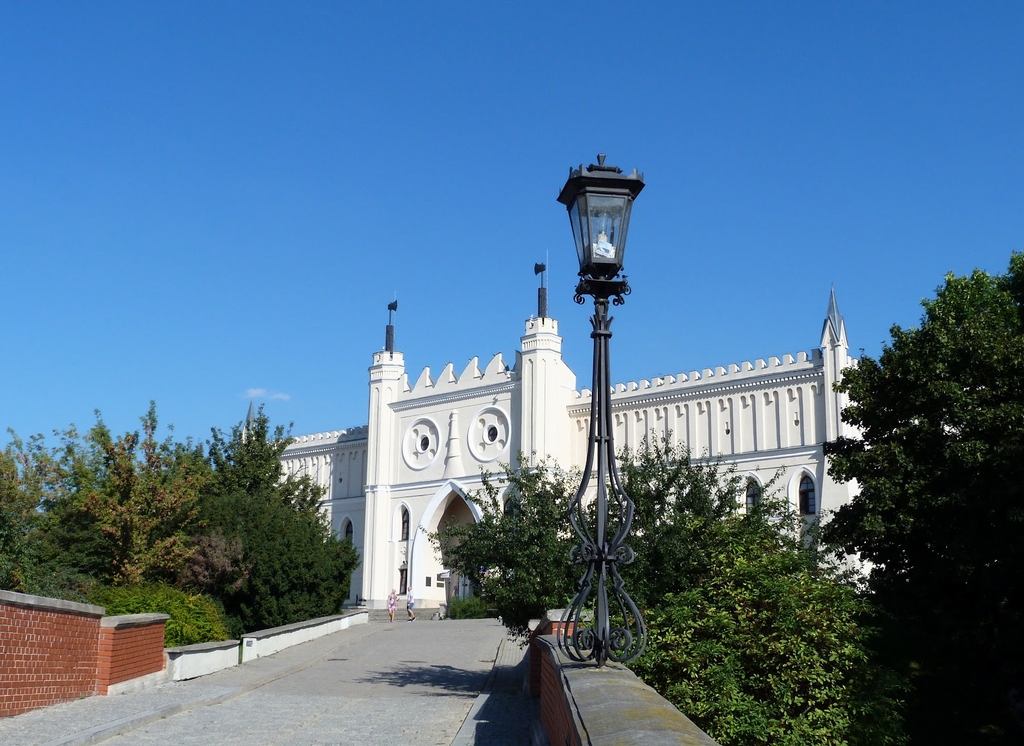
Lublin Castle (Source: Google Maps)
Lublin Castle, a medieval fortress established in the 12th century, stands as a symbol of the city’s historical significance. Originally built for defensive purposes, it has undergone various transformations over the centuries. The castle served as a royal residence and a seat of power, reflecting the region's turbulent history. Today, it houses the Lublin Museum, showcasing artifacts that narrate the story of Lublin and its people. The castle's architecture features elements from Gothic, Renaissance, and Baroque styles, making it a fascinating study of historical design. Visitors can admire the impressive castle walls and towers, which offer panoramic views of the city, as well as the richly decorated interiors that highlight the opulence of its past.
Chapel of the Holy Trinity
Located within the castle grounds, this chapel is renowned for its stunning Byzantine frescoes, showcasing the fusion of Western and Eastern Christian art.
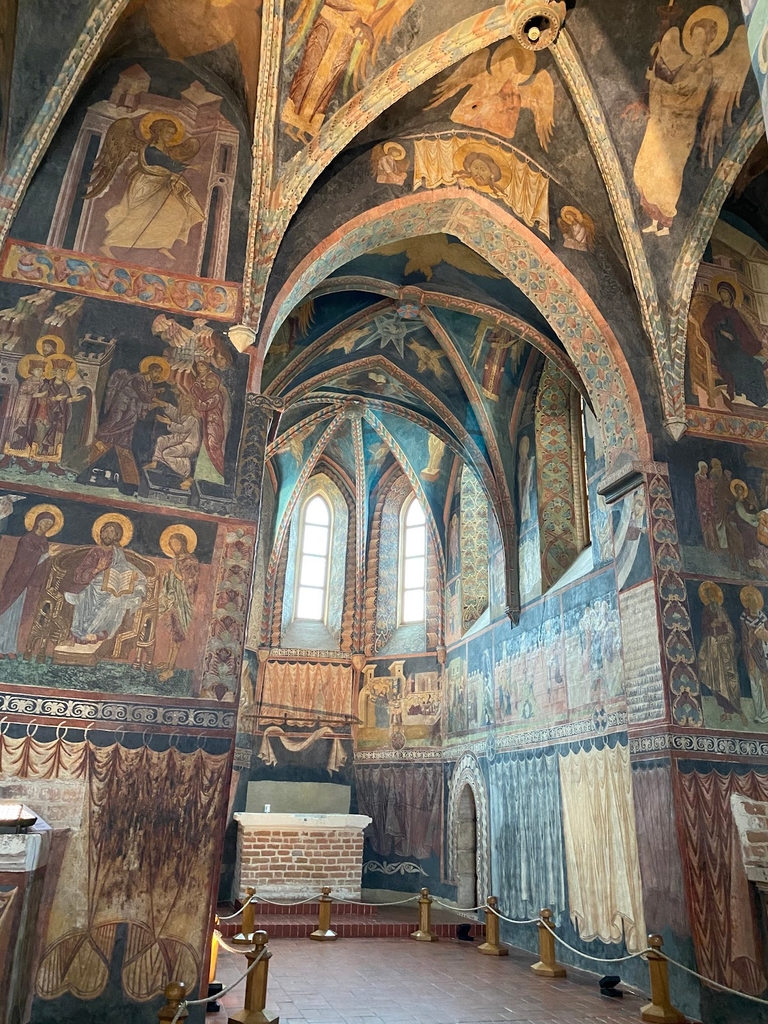
Chapel of the Holy Trinity (Source: Google Maps)
The Chapel of the Holy Trinity, situated within the grounds of Lublin Castle, is a remarkable example of religious art and architecture. Built in the 14th century, this chapel is renowned for its stunning Byzantine frescoes that adorn its walls and ceilings. These frescoes represent a unique fusion of Western and Eastern Christian artistic traditions, reflecting the diverse cultural influences that have shaped Lublin over the centuries. The chapel's architecture features intricate details, including Gothic arches and ornate decorations, creating a serene and sacred atmosphere. As a significant religious site, the chapel has been a place of worship and reflection for generations, and its historical importance continues to attract visitors who are captivated by its beauty and spiritual aura.
Grodzka Gate
Explore the Grodzka Gate, also known as the Jewish Gate, a historic site symbolizing Lublin’s multicultural past and serving as a museum today.
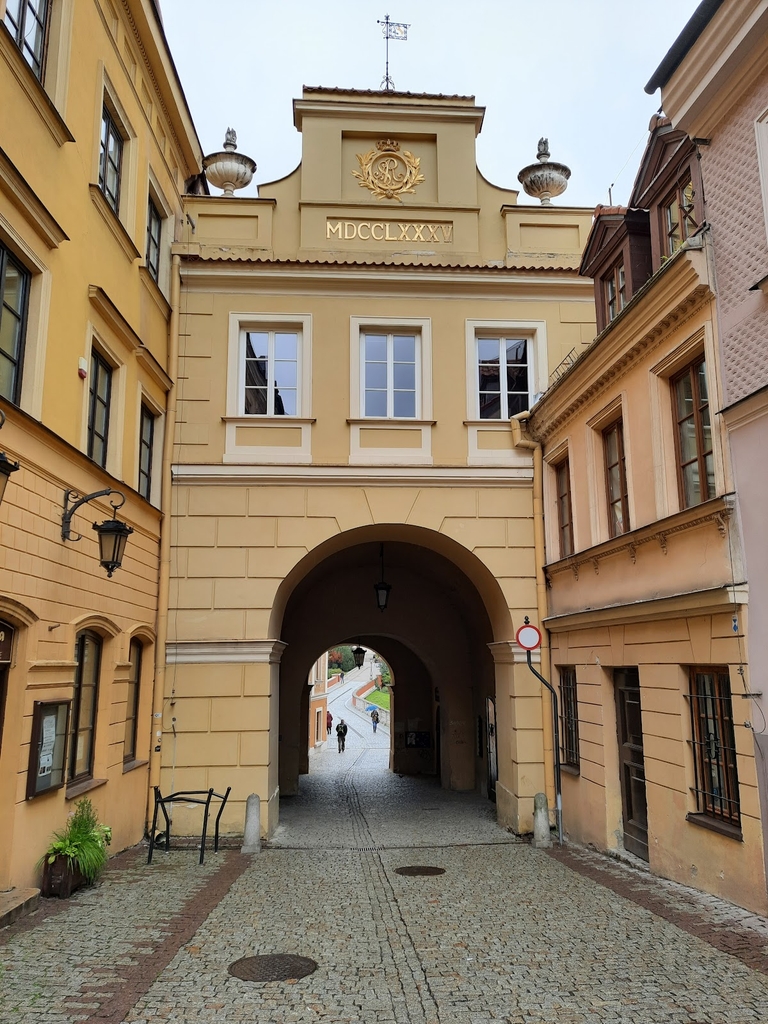
Grodzka Gate (Source: Google Maps)
Grodzka Gate, also known as the Jewish Gate, is a historic landmark that symbolizes Lublin's rich multicultural heritage. Originally built in the 14th century, this gate served as one of the main entrances to the city, connecting different communities and cultures. The gate's architecture showcases a blend of Gothic and Renaissance styles, with its impressive façade and intricate stonework. Today, Grodzka Gate houses a museum that explores the history of Lublin’s diverse populations, including its Jewish community, which played a significant role in the city’s development. Visitors can learn about the cultural exchanges and historical events that have shaped Lublin, making this site a vital part of understanding the city’s past and its commitment to preserving its multicultural identity.
Old Town Hall
Continue to the Old Town Hall, a testament to Lublin’s rich architectural heritage, featuring a blend of Renaissance and Baroque styles.
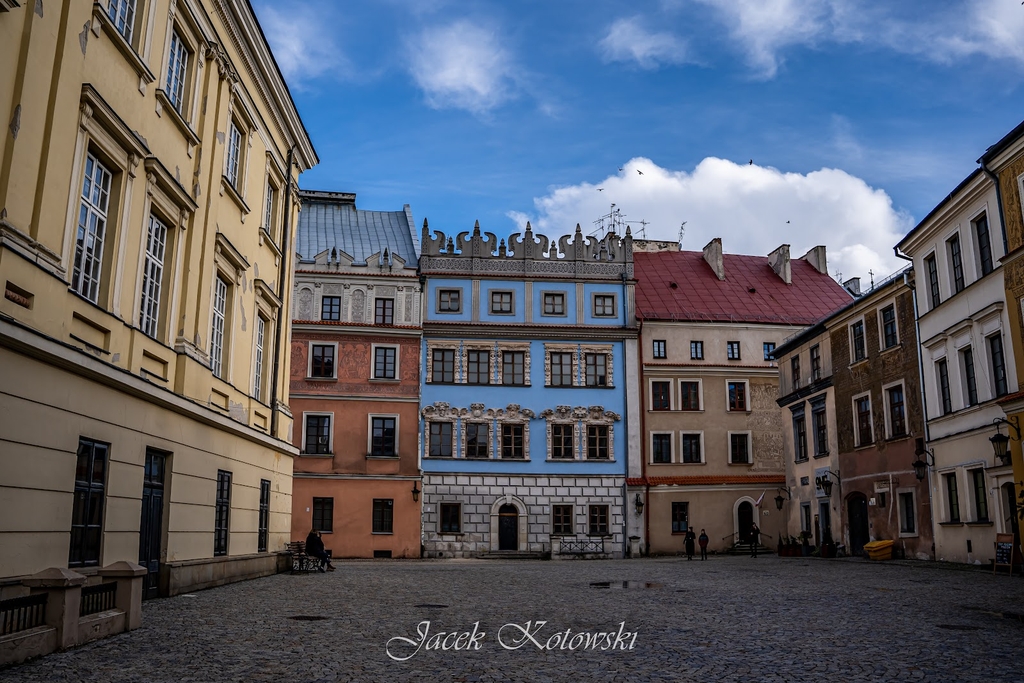
Old Town Hall (Source: Google Maps)
The Old Town Hall is a splendid example of Lublin’s architectural heritage, showcasing a harmonious blend of Renaissance and Baroque styles. Built in the 16th century, this building served as the administrative center of the city and played a crucial role in Lublin's governance. Its façade is adorned with elegant details, including decorative pilasters and a prominent clock tower that has become a symbol of the city. Inside, the hall features beautifully preserved interiors that reflect the grandeur of its historical significance. The Old Town Hall is not only an architectural gem but also a cultural hub, hosting various exhibitions and events that celebrate Lublin's vibrant history. Visitors can explore its rich past and appreciate the craftsmanship that went into its design, making it a must-see landmark in the heart of Lublin.
Trybunalska City Pub
Take a break at Trybunalska City Pub, a cozy spot offering traditional Polish cuisine and local beers, located conveniently in the heart of the Old Town.
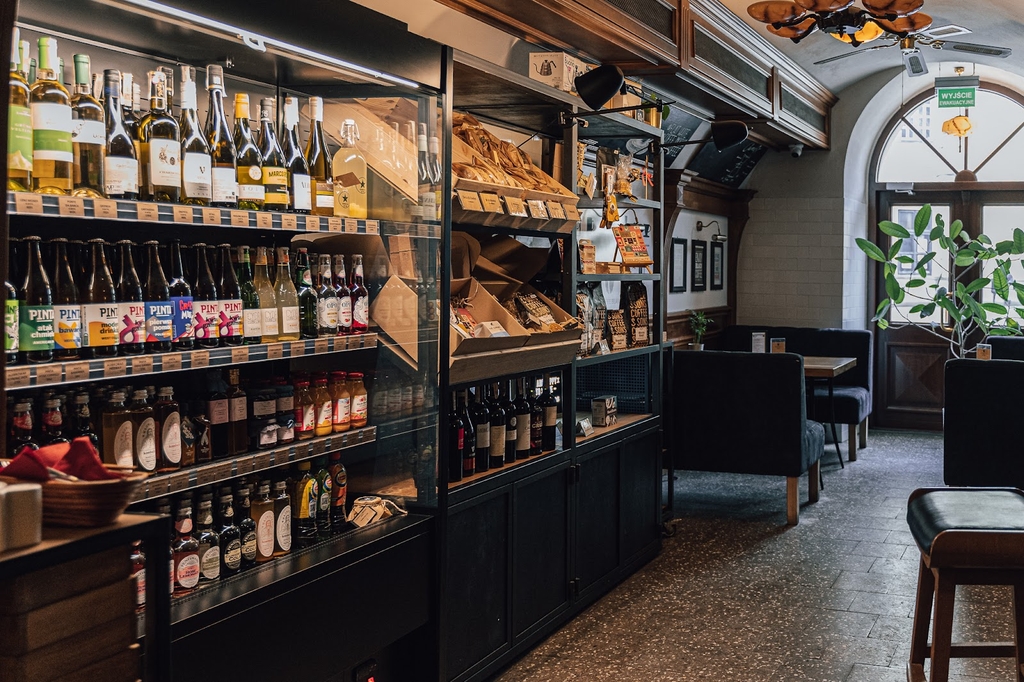
Trybunalska City Pub (Source: Google Maps)
Krakowskie Przedmieście Street
Walk down this vibrant street, the main thoroughfare of Lublin, lined with historic buildings and a lively atmosphere, perfect for soaking in the city’s culture.
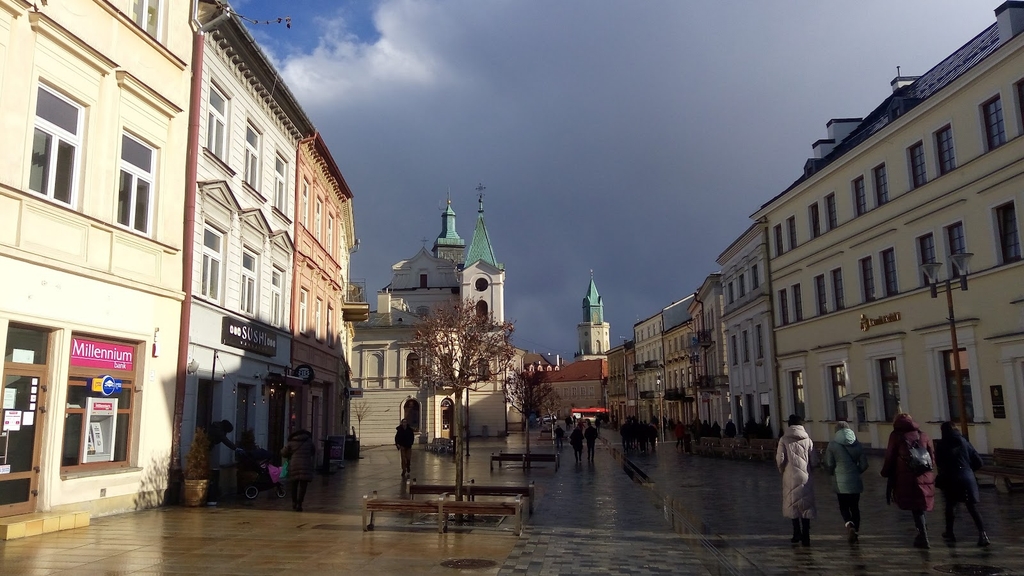
Krakowskie Przedmieście Street (Source: Google Maps)
Krakowskie Przedmieście Street is the main thoroughfare of Lublin, renowned for its vibrant atmosphere and historic charm. Lined with beautifully preserved buildings, this street reflects the city's architectural evolution over the centuries. As one of the oldest streets in Lublin, it has been a central artery for commerce, culture, and social life. Visitors can stroll along the cobblestone path, enjoying the lively ambiance created by local shops, cafes, and cultural landmarks. The street is also home to various festivals and events, celebrating Lublin's rich traditions and community spirit. Its significance extends beyond its aesthetic appeal; Krakowskie Przedmieście Street serves as a testament to the city's resilience and adaptability throughout history, making it a focal point for both locals and tourists alike.
Lublin Cathedral
Visit the Lublin Cathedral, an impressive Baroque structure with beautiful interior decorations and a significant religious site in the city.
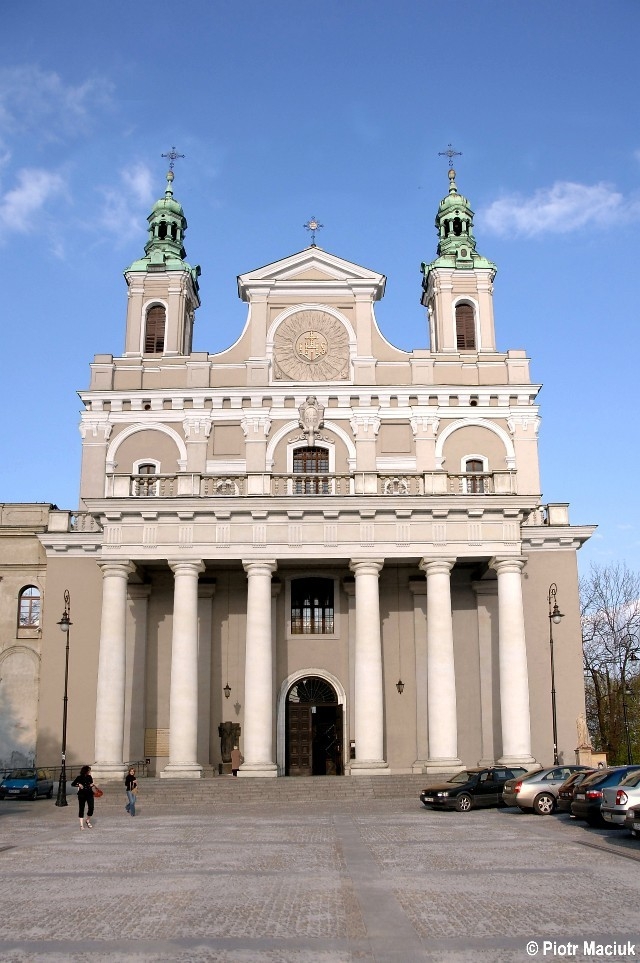
Lublin Cathedral (Source: Google Maps)
The Lublin Cathedral, an impressive Baroque structure, is one of the most significant religious sites in the city. Built in the 18th century, its stunning façade and grand interior make it a remarkable example of Baroque architecture in Poland. The cathedral is adorned with intricate decorations, frescoes, and sculptures that illustrate its religious importance and artistic value. As a center of worship, it has been a place of spiritual gathering for centuries, hosting numerous ceremonies and events. The cathedral also houses valuable religious artifacts, including an ornate altar and beautifully crafted altarpieces. Its towering presence dominates the Lublin skyline, inviting visitors to explore its rich history and appreciate the craftsmanship that went into its design. The Lublin Cathedral stands as a testament to the city’s religious heritage and architectural splendor.
Dominican Monastery
Discover the Dominican Monastery, one of the oldest in Poland, with its serene atmosphere and significant religious importance.
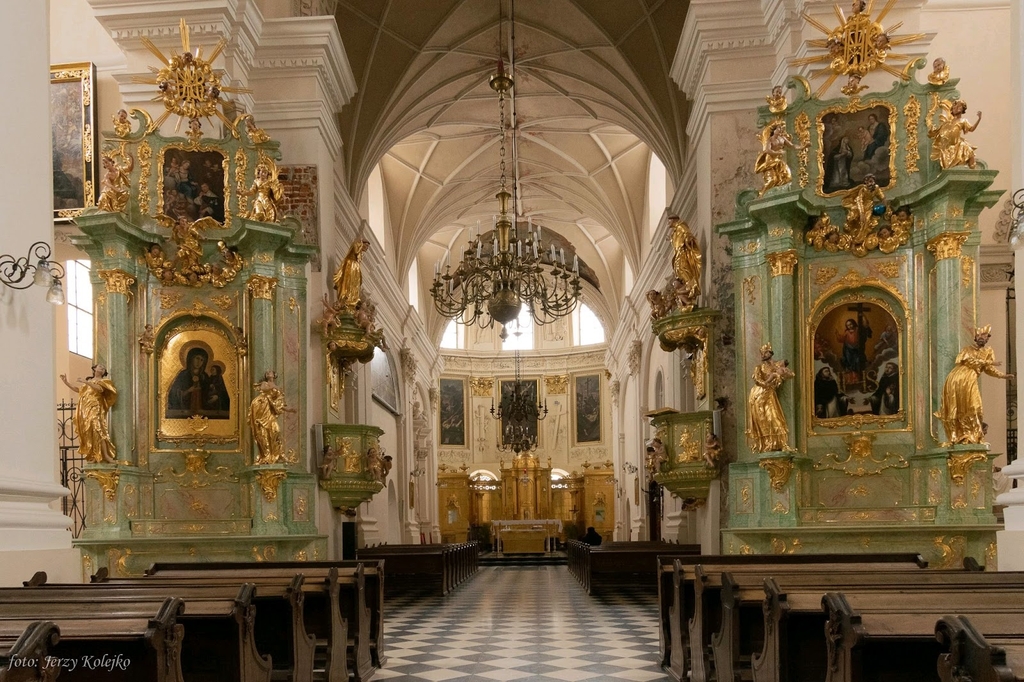
Dominican Monastery (Source: Google Maps)
The Dominican Monastery, one of the oldest in Poland, is a site of great historical and religious significance. Established in the 13th century, this monastery has been a center of spirituality and education for centuries. Its architecture features elements of Gothic and Baroque styles, with a serene courtyard that provides a peaceful retreat from the bustling city. The monastery has played a crucial role in Lublin's religious life, serving as a place of worship, contemplation, and community outreach. Visitors can explore its beautifully preserved interiors, which include chapels adorned with religious art and artifacts. The Dominican Monastery continues to be an active religious site, attracting both pilgrims and tourists who seek to experience its tranquil atmosphere and rich history. Its enduring legacy reflects the deep spiritual roots of Lublin and its commitment to preserving its cultural heritage.
Po Farze Square
End your tour at Po Farze Square, where you can see the archaeological remains of the oldest church in Lublin, providing a glimpse into the city’s ancient history.
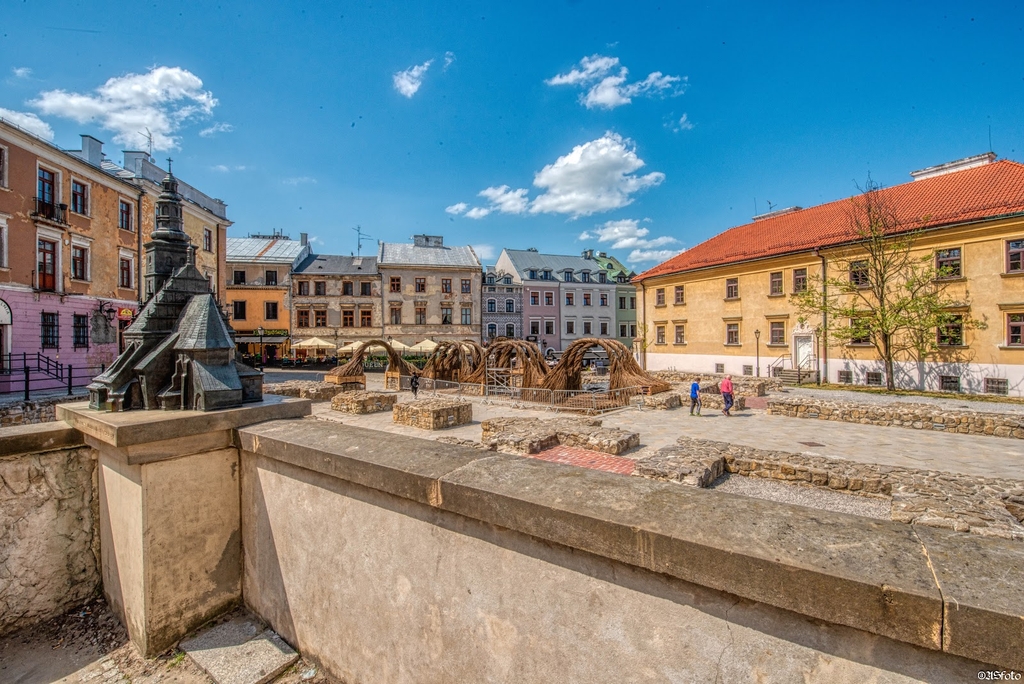
Po Farze Square (Source: Google Maps)
Po Farze Square is a historically significant site in Lublin, known for its archaeological remains that offer a glimpse into the city’s ancient past. This square is home to the remnants of the oldest church in Lublin, which dates back to the early medieval period. The archaeological findings provide valuable insights into the religious and cultural practices of the time, highlighting the importance of this site in Lublin's history. Visitors can explore the square and observe the remains, which serve as a testament to the city’s long-standing heritage. The area is also surrounded by charming cafés and shops, making it a pleasant spot to relax and reflect on the history that surrounds it. Po Farze Square embodies the essence of Lublin’s historical journey, connecting the past with the present and inviting exploration of its rich cultural tapestry.

Your travels, your rules.
Create your own Free Walking Tours.
Set your preferences, distances and anything you want to do or see.
Completely free, no payment required.